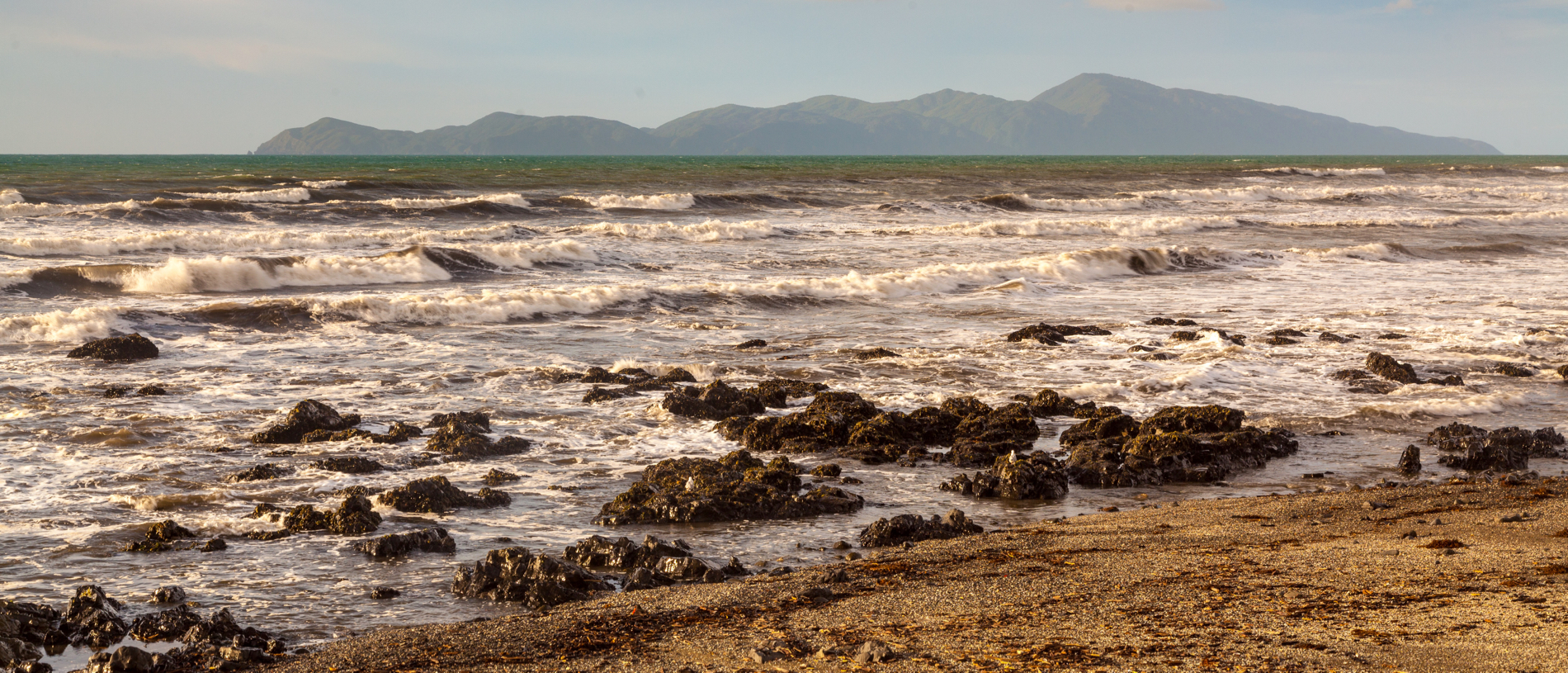
Kāpiti Marine Reserve
Kāpiti Marine Reserve is popular for its abundant sea life, including blue moki, kingfish, seals and dolphins.

If you’ve got anything resembling a soft spot for the native birdlife of this country – and what Kiwi doesn’t – it’d break your heart to read the accounts of the early settlers in the Wellington region.
The first Europeans to camp at Petone actually took to rowing out to the ships at night, because the dawn chorus ashore was too loud.
And kererū – the great, ungainly native wood pigeon – hung out in flocks thousands strong, crashing and whirring in the treetops.
In the 160-odd years since those descriptions were written, habitat destruction and introduced predators have ensured that the only parts of the country where you can catch a faint echo of the riotous heyday of New Zealand’s songbirds are the bird sanctuaries, such as the Noises and Tiritiri Matangi in the Hauraki Gulf, the onshore ‘island’ of the Zealandia Wildlife Sanctuary and Kāpiti Island.
Of all of them, Kāpiti is the most impressive. Lying only 15 minutes off Paraparaumu by launch and only 90 minutes north of Wellington by road, it’s New Zealand’s most accessible offshore wildlife sanctuary.
The island is an attractive destination in its own right. Stretching nearly 10km and covering nearly 2000ha, its interior is rugged, elevated – the highest point is nearly 600m – and entirely clad in mature native bush.
Kāpiti was the fortress of the formidable Ngāti Toa Rangatira, Te Rauparaha (author of the haka traditionally performed by the All Blacks) in the early days of European-Māori contact. Shore whaling stations came later, and parts of the island were farmed until 1897 when the government enacted legislation to create a wildlife reserve there.
Since a predator-eradication programme in the 1980s completely removed rodents, mustelids and possums, several endangered bird species have been introduced or re-established on Kāpiti.
Here you can hear the fizz of the stitchbird, the fluting of the kōkako, the shriek of the brown and little spotted kiwi, the chatter of the saddleback, all in addition to the ubiquitous honking of tūī, chiming of bellbirds and twittering of fantails.
You’ll need to keep a weather eye on your lunch to protect it from the aerial assaults of kākā and stealthy ground incursions by weka, but this can be hard to do when you’re trying to keep track of all the comings and goings in the canopy.
The sea around Kāpiti is a marine reserve and the profusion of aquatic species mirrors that of the birdlife. Inshore from here, there’s the Waikanae Estuary Scientific Reserve, so that the area offers a complete experience of the recovering habitat.
Only 50 people may visit Kāpiti at any one time, so when you do make the trip, you’ll justly feel like one of the privileged few.